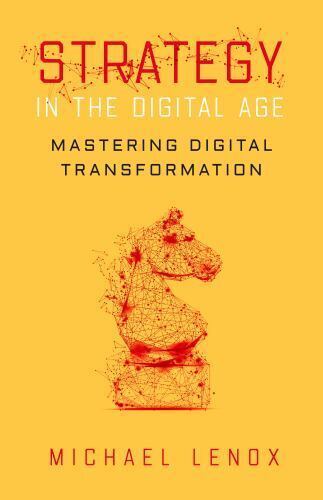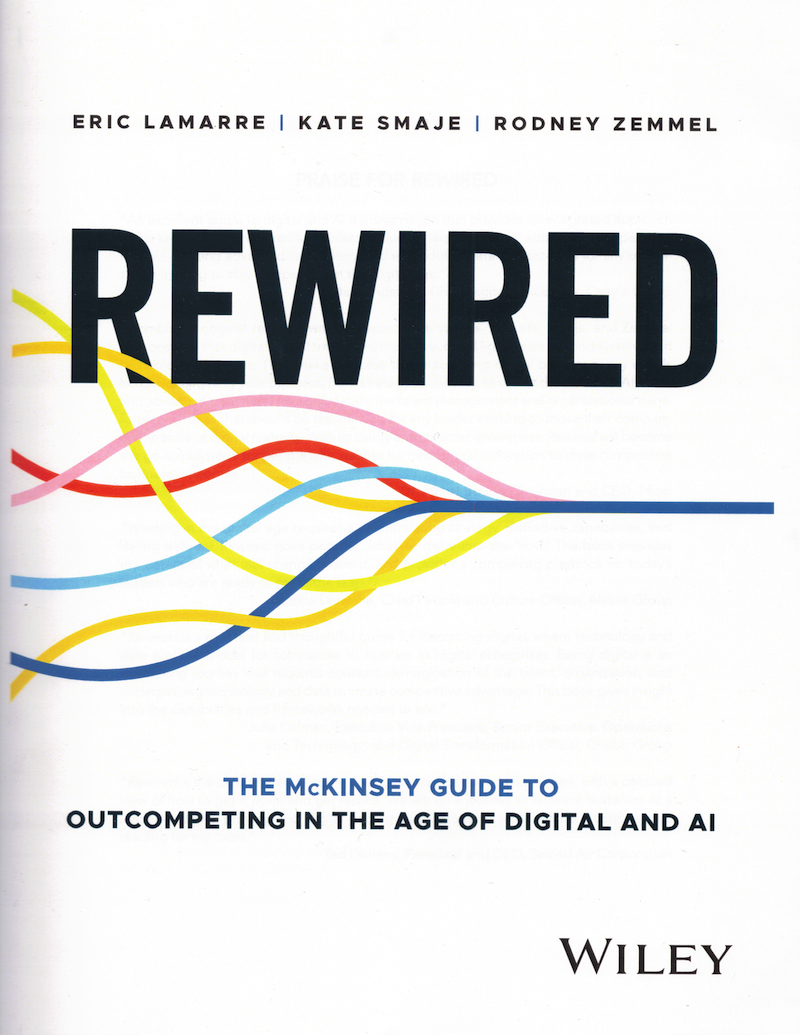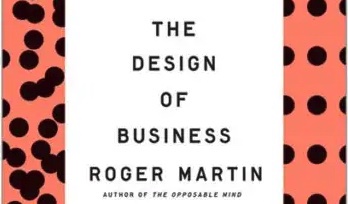The Design of Business by Roger Martin is not an easy book to read. It does not provide quick and easy answers. It is the type of book that you read slowly so that you can absorb and comprehend what is being said and what it means in the real world. But it is a book that deals with important distinctions for businesses who are positioning for long term success.
The book teaches that design thinking is much more than following a specific methodology or using certain phrases or applying design thinking tools. It’s about finding the healthy balance between two opposing mindsets that are both critical for the long term success of a business. Managing that balance requires understanding those mindsets and so the bulk of the book (especially the first several chapters) force us to think differently and to learn the different ways that people approach problems and make decisions.
The first major concept that the author introduces is the Knowledge Funnel. In this conceptual model, we start with a “mystery”. This is often in the form of a question, like “I wonder how people want to buy hamburgers?” The first step down the Knowledge Funnel is often a “hunch”. You try something because you think it will work, even though you can’t verbalize why. The next step is a “heuristic” which the author defines as an “open-ended prompt”. It’s like a rule that usually works out (but not always). The next step is an “algorithm” which defines a sequence of steps that is guaranteed (absent any unusual circumstances) to produce the expected result. Finally, many algorithms (but far from all) are then implemented in software to make them as efficient as possible.
The second major concept is that there are generally two different approaches to making decisions. (I’m grossly oversimplifying this aspect of the book.) These two approaches are represented by a variety of different ways of characterizing how decisions are made. These various approaches largely overlap with each other (but not perfectly):
- Analytical vs. Intuitive
- Inductive or Deductive vs. Abductive
- Reliability vs. Validity
- Efficiency vs. Discovery
- Exploitation vs. Exploration
The business world generally favors the left side of each of these pairs because they want predictability and reliability. Because of that bias, business leaders make decisions based on analysis using either deductive logic (reasoning from the general to the specific) or inductive logic (reasoning from the specific to the general) because both of those approaches reliably predict the future from the past. This approach focuses on maximizing efficiency and exploiting the company’s established advantages.
Validity, in contrast to reliability, is focused on finding what is true rather than what is expected. This requires abductive logic that attempts to identify the answer that best fits what is known when existing models can’t explain it. This approach often requires an intuitive approach and often requires iterating through multiple trial-and-error hypotheses making the outcome timing and results unpredictable and uncertain. This is a process of exploration and discovery.
And to bring all of that back to the Knowledge Funnel, operating an identified algorithm or heuristic is a matter of efficiency (or exploitation) and relies on an analytical approach to decision making. But solving the mystery to create a heuristic, or to move from heuristic to algorithm is an exploration and discovery process that relies more on intuition and abductive logic.
Using the author’s terminology, for short term performance, businesses need to be great at efficiency. For long term survival they need to be great at discovery. Business leaders need to learn how to balance the two. This book explains how to do that (and no, there are no easy answers).
Bottom line, The Design of Business is a challenging book. It’s not for everyone. But for those willing to invest the time and effort to truly understand the concepts it teaches, the book provides a new way of looking at how businesses need to operate for both short term and long term success.
Read my full review of The Design of Business here.




